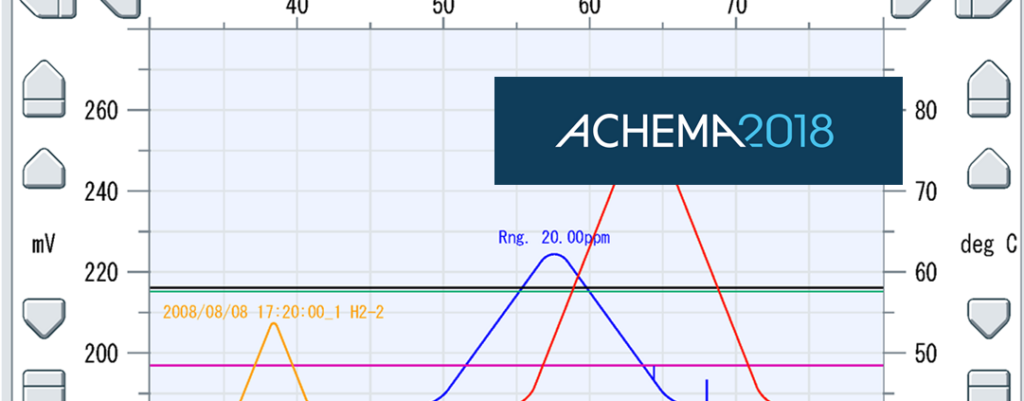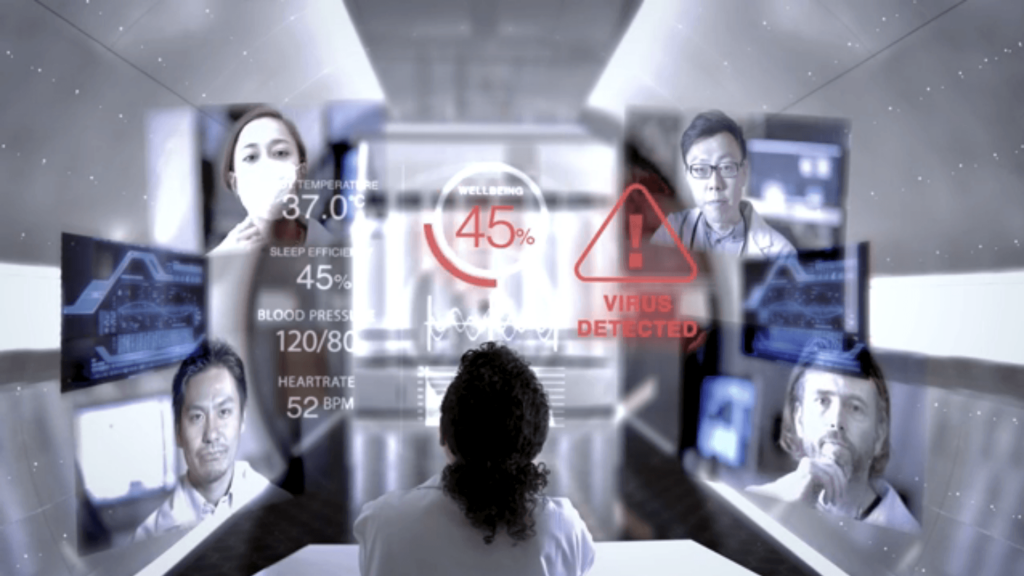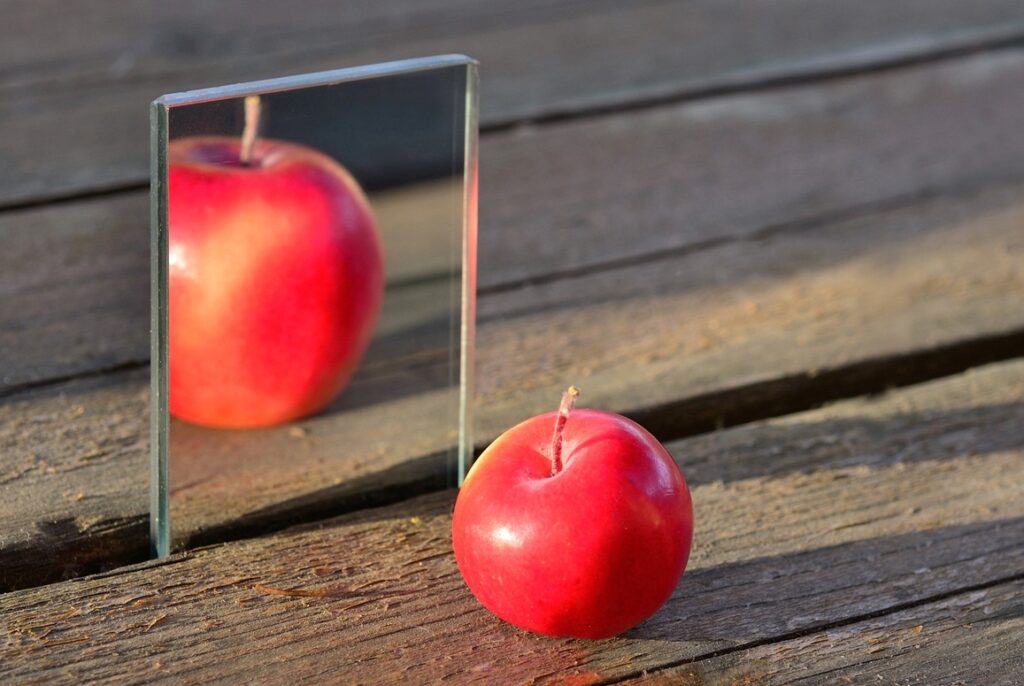Process gas chromatograph is the first choice in many analytical applications. When it comes to separating hydrocarbons, for instance, to enable the exact composition of a product to be determined during a production sequence, such as liquid gas distillation. Fast results are important to allow the process to be controlled more efficiently. One the other hand, GCs are slow – or at least, that’s their reputation.
Okay, so the measurement is sequential – hence the high selectivity – and that takes time. On the other hand, it can be optimized to a large extent with a smart system and an ingenious GC design. And believe it or not, the cost is lower!
Ingenious design
The design of the Yokogawa GC8000 process gas chromatograph is slightly different from that of many of its rivals in the market. Pressure controllers for the carrier gas are not mounted externally but in the GC oven. The gas thus adopts the uniform temperature which prevails inside the oven and is immune to any fluctuations in the outside temperature around the GC column. This is normally only achievable with the help of air conditioning (with the equipment installed inside a measurement container). The homogeneous temperature distribution of the oven’s recirculating heating system further adds to this stability (+/-0.03°C).
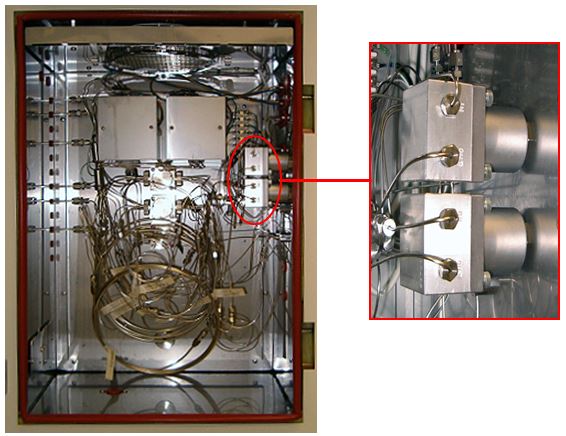
Hot but not too hot
The GC can consequently dispense with air conditioning, provided its temperature specification is adequate for the ambient conditions (-10°C to +50°C). Depending on the conditions on site and the permitted temperature range, the GC and its utilities may even be able to manage with just an instrument cabinet, if necessary with ventilation, rather than a container. Since a cabinet has a much smaller footprint, it can probably be positioned much closer to the sampling point than a container or a shelter.
[row][double_paragraph]
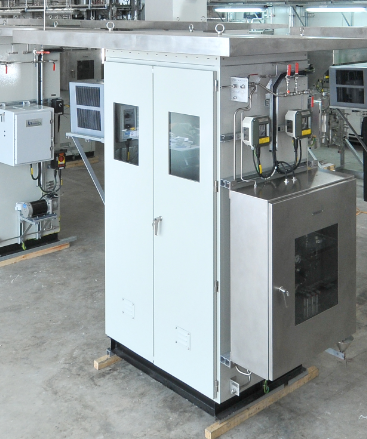
[/double_paragraph][double_paragraph]
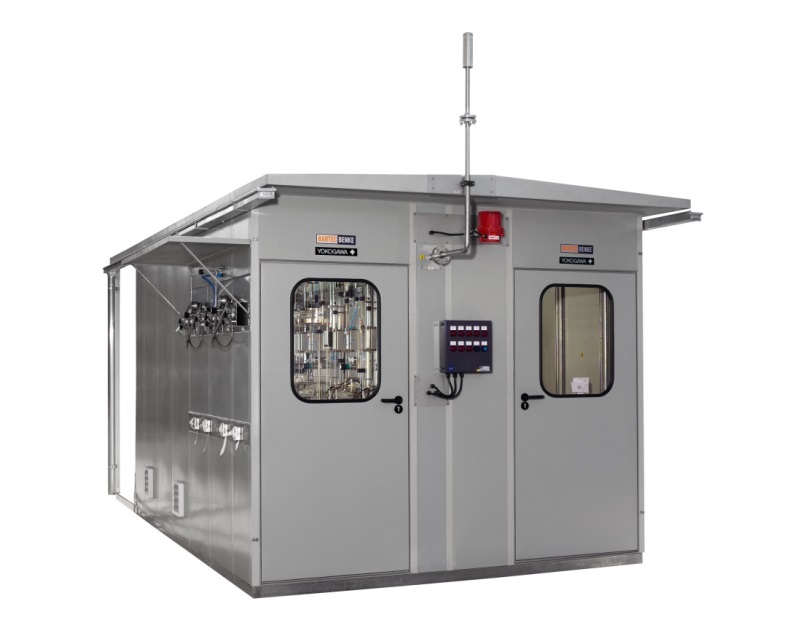
[/double_paragraph] [/row]
Closer is better
“Much closer” means that a much shorter sampling line can be used. A suitable fast loop concept and a GC with backflush technology can reduce the times still further. The sample flow time is significantly shorter, as is the retention time in the GC and with it the system dead time. Measured values are available faster, deviations from the desired process can be detected and corrected sooner, and product quality improved. Of course, it’s up to each plant owner to calculate the (financial) benefits for their particular processes. And since all of this relates only to the sample flow times and not to the flow times of the samples in the GC columns, there’s no impact on selectivity.
It’s also economical
If it’s possible to dispense with the air conditioning and choose a cabinet solution instead of a container, the necessary investment is bound to be substantially lower. The much shorter sampling line, too, clearly means lower capital costs with correspondingly less expenditure for maintenance. Furthermore, the safety requirements associated with a cabinet solution are far easier to fulfil than with a walk-in container or a building (ambient air monitoring, for example).
And what about operation?
Most people would opt to stand inside a container rather than in front of a cabinet. However, the GC8000 can be operated from a remote location. Ideally, this will be a room with a coffee dispensing machine – something you certainly won’t find one in a container! The GC can be monitored and operated from a distance without any problems: you can retrieve chromatograms, online status information or status reports and you can activate and trace calibrations.
Small-scale solution with a process gas chromatograph
This kind of small-scale solution is also suited as a simple upgrade for your existing plant, possibly using equipment and components that are already installed (brownfield!). We don’t just undertake large-scale projects at YOKOGAWA ASI; we’re also adept at beefing up your plant with small-scale, customized solutions. And if you’re looking for sound advice upfront, that’s also a part of our services. My colleagues in the Analytical Systems team in Ratingen (Germany) will be happy to pay you a visit – we’re not far away if you need us. If you’d prefer to have a container solution instead, or if you have to have one for whatever reason, we can obviously integrate that too.
Smart system integration plus well-conceived product features adds up to good solutions. The GC8000 process gas chromatograph and Yokogawa Analytical System Integration prove that’s a surefire formula for success.
If you would like to know more about our Process Gas Chromatographs or Yokogawa Analytical System Integration, please contact us. Do you have questions about other analysis solutions? Write it in the comments.
Yokogawa at ACHEMA 2018
[button link=”https://www.yokogawa-achema.de/en/” icon=”” side=”left” target=”” color=”00BFFF” textcolor=”undefined”]Learn more[/button]
